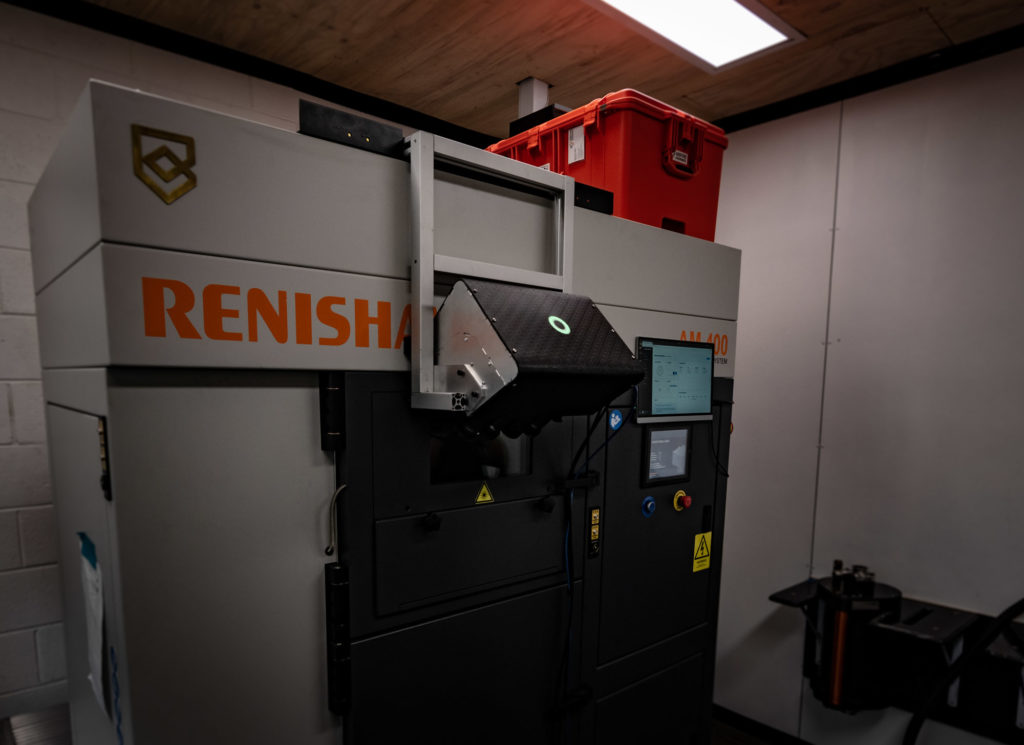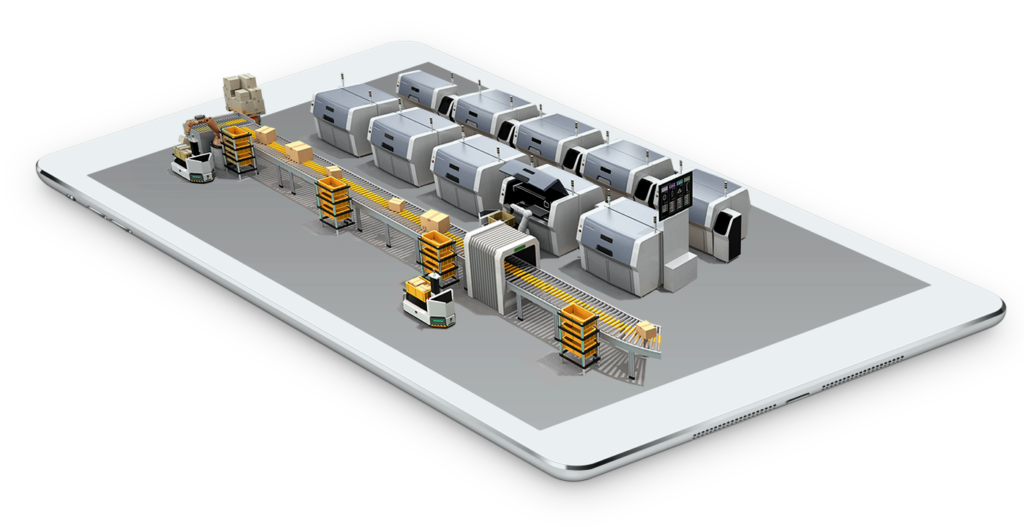SmarTech Analysis, the leading market research firm dedicated to additive manufacturing (AM), has released the industry’s first report dedicated to how 3D printing fits into the Factory of the Future. The report, titled “Automation, Additive Manufacturing and the Factory of the Future,” explores the role of 3D printing in the manufacturing sector’s increased trend toward automation.
The COVID-19 pandemic has been a wake-up call for manufacturers globally as they realize the drawbacks to centralized factories and distributed supply chains. Rather than completely overhaul their supply networks, they are revamping their existing infrastructure. In turn, 3D printing has been seen as a potentially useful tool in addressing supply chain vulnerabilities.
However, SmarTech notes that, despite all of its advantages, 3D printing only represents a single percent of the entire $13 trillion manufacturing industry. This is in large part due to the obstacles faced with the technology, which include the number of steps required, the lack of laborers skilled in AM, issues with quality control, lack of regulatory standards, and the expense related to scaling the technology. The report not only discusses these problems, but how they are being resolved.
At the same time as there are obstacles to adoption, manufacturers are working to digitize their factories and see AM as a valuable tool in that process. This, in turn, is feeding into the industrialization of 3D printing. Among the trends occurring in the automation of 3D printing is the digitization of the technology as it relates to such verticals as electronic instruments, medical devices, transportation, and industrial equipment. The automation of the 3D printing supply chain is occurring both on actual 3D printers and distributed manufacturing networks. This has included the use of new controls, sensors, robotics and artificial intelligence to automate pre- and post-print steps.
The report goes into extensive detail about aspects of the industry 3DPrint.com has been reporting on for some time, bringing granular data to the stories and connecting them into a single structured and valuable resource. For instance, at the Additive Manufacturing Strategies summit, there was a vertical dedicated to automation in AM. While a number of firms, like AdditiveLab and VELO3D, are working to handle the automation of pre-print simulation, others, such as Additive Assurance, are tackling in-process quality control. Then, there are firms like PostProcess and AM-Flow that are taking care of the post-processing side of the workflow. Finally, there are software-driven businesses handling the entire management side of production, which includes SAP, 3D Control Systems, MakerOS and more.

The Additive Assurance quality control system installed on a Renishaw metal 3D printer. Image courtesy of Additive Assurance.
Despite the challenges of adopting AM, the report points out how the use of AM results in lower costs and a smaller manufacturing footprint than conventional manufacturing techniques. This includes up to 15 percent in increased profit from the use of 3D printing in production, either for direct manufacturing or tooling.
The report includes information about a wide variety of firms that are enabling the automation of AM, including: Dassault Systèmes, SAP, Materialise, Ansys, EOS, 3D Systems, Senvol, Autodesk, AREVO, Siemens, PTC, Castor, nTopology, PTC, , Siemens, 3YourMind, Authentise, Link3D, Additive Assurance, Renishaw, Identify3D, Simba Chain, GranuTools, Aris Technology, PostProcess Technology, DyeMansion, AMT, and Divergent 3D.
Author of the report Dr. Mike Vasquez, Founder and CEO of consulting company 3Degrees, told 3DPrint.com:
The maturation of the additive manufacturing sector has had a profound impact on the breadth of applications and industries applying the technology. The case-specific manufacturing advantages of 3D printing will continue to grow, which will require the development of new technologies to bring efficiency and scale to what currently is often a fragmented, manual process with many islands of data. This report examines this exciting evolution and provides context for the development of the industry in the coming years.
To learn more or to buy the “Automation, Additive Manufacturing and the Factory of the Future” report, click here.
Subscribe to Our Email Newsletter
Stay up-to-date on all the latest news from the 3D printing industry and receive information and offers from third party vendors.
You May Also Like
3D Printing News Briefs, April 13, 2024: Robotics, Orthotics, & Hypersonics
In 3D Printing News Briefs today, we’re focusing first on robotics, as Carnegie Mellon University’s new Robotics Innovation Center will house several community outreach programs, and Ugogo3D is now working...
Rail Giant Alstom Saves $15M with 3D Printing Automation Software 3D Spark
3D Spark has entered into a three-year deal with the rail giant Alstom. Alstom, a transport behemoth with annual revenues of $16 billion, specializes in the manufacture of trains, trams,...
Meltio Expands Global Reach with New Partnerships in the Americas and Europe
Spanish 3D printing manufacturer Meltio has expanded its sales network across the globe. With the addition of three new partners in the United States, Brazil, Argentina, and Italy, Meltio aims...
3D Printing Webinar and Event Roundup: April 7, 2024
Webinars and events in the 3D printing industry are picking back up this week! Sea-Air-Space is coming to Maryland, and SAE International is sponsoring a 3D Systems webinar about 3D...

































